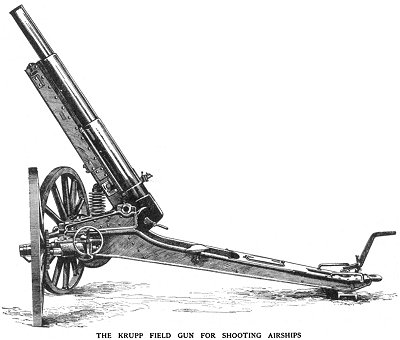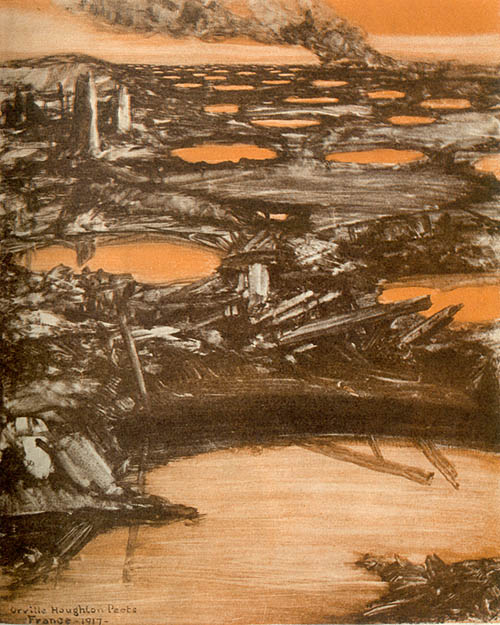Airplanes and Krupp Guns
Today, airplanes and Krupp guns. The University of Houston's College of Engineering presents this series about the machines that make our civilization run, and the people whose ingenuity created them.
World War I began in 1914. Europe had been rattling its sabers for years, and it was clear that part of the war would be fought in the sky. But the airplane had hardly been invented by then, and it posed little threat. A Zeppelin was another matter. As long as an ocean liner, and moving four times as fast, it was a vast, imposing machine.
So magazine articles began showing fanciful pictures of imagined aerial warfare. Many of them included airplanes, along with dirigibles. But that was such a stretch that it made the predictions look like science fiction. Primitive airplanes were evolving rapidly, but they were still unconvincing as war machines.
Whatever the public made of all this speculation, the German military took it seriously. They contracted with Count von Zeppelin to build military dirigibles, and he began production in 1906.
Then a strange thing happened. Germany's Krupp weapons factory had long been a central pillar of German nationalism, fiercely loyal to whatever regime was in power. Krupp brought an exhibit of anti-Zeppelin guns to the Frankfurt International Aircraft Fair only three years after Zeppelin began making military dirigibles. They were field howitzers, modified to shoot almost vertically.
The people who snapped up those new weapons were Germany's anticipated enemies -- France, England, and Russia. Actually, it would be a long time before ground fire had any real hope of hitting high-altitude, fast-moving airships. It'd take far fancier fire control than the sights on conventional field artillery.
However, the Krupps simultaneously unveiled a gigantic 94-ton mortar with a foot-and-a-half muzzle. It was soon nicknamed Fat Bertha or Big Bertha (literally Dicke Bertha), in deference to the beautiful Bertha Krupp.
She had inherited the Krupp works in 1902 at the age of only sixteen. It was unthinkable for the titular head of this piece of the German empire to be a woman. So Kaiser Wilhelm himself helped to broker a quick marriage between Bertha and one Gustav von Bohlen und Halbach. At the wedding, Wilhelm announced that Gustav would now use the last name of Krupp.
Twelve years later, war: Big Berthas tore Belgium apart and then reduced much of the French landscape to mud. High-altitude Zeppelins did a lot of damage until improved airplanes caught up with them. Bombing passed from dirigibles to airplanes, and war became ghastly beyond imagining. Bertha Krupp resigned herself to the name Big Bertha, for, after all, that was a part of her job.
She was still alive after the next war, when her son Alfred was tried at Nüremberg for his brutal use of slave labor. He got off, because America now needed him to rearm Germany against the threat of Russia. And, as we all looked for ICBMs in the sky, iron guns upon the ground continued to be the substance of the ongoing game of war.
I'm John Lienhard, at the University of Houston, where we're interested in the way inventive minds work.
(Theme music)
C. Dienstbach and T. R. MacMechen, The Aerial Battleship. The McClure Magazine, August 423, pp. 422-434.
W. Manchester, The Arms of Krupp: 1587-1968. (Boston: Little, Brown and Company, 1964).

(from the 1909 McLure's Magazine)

Shell-Holes, by Orville Houghton Peets (from the 1918 Century Magazine)